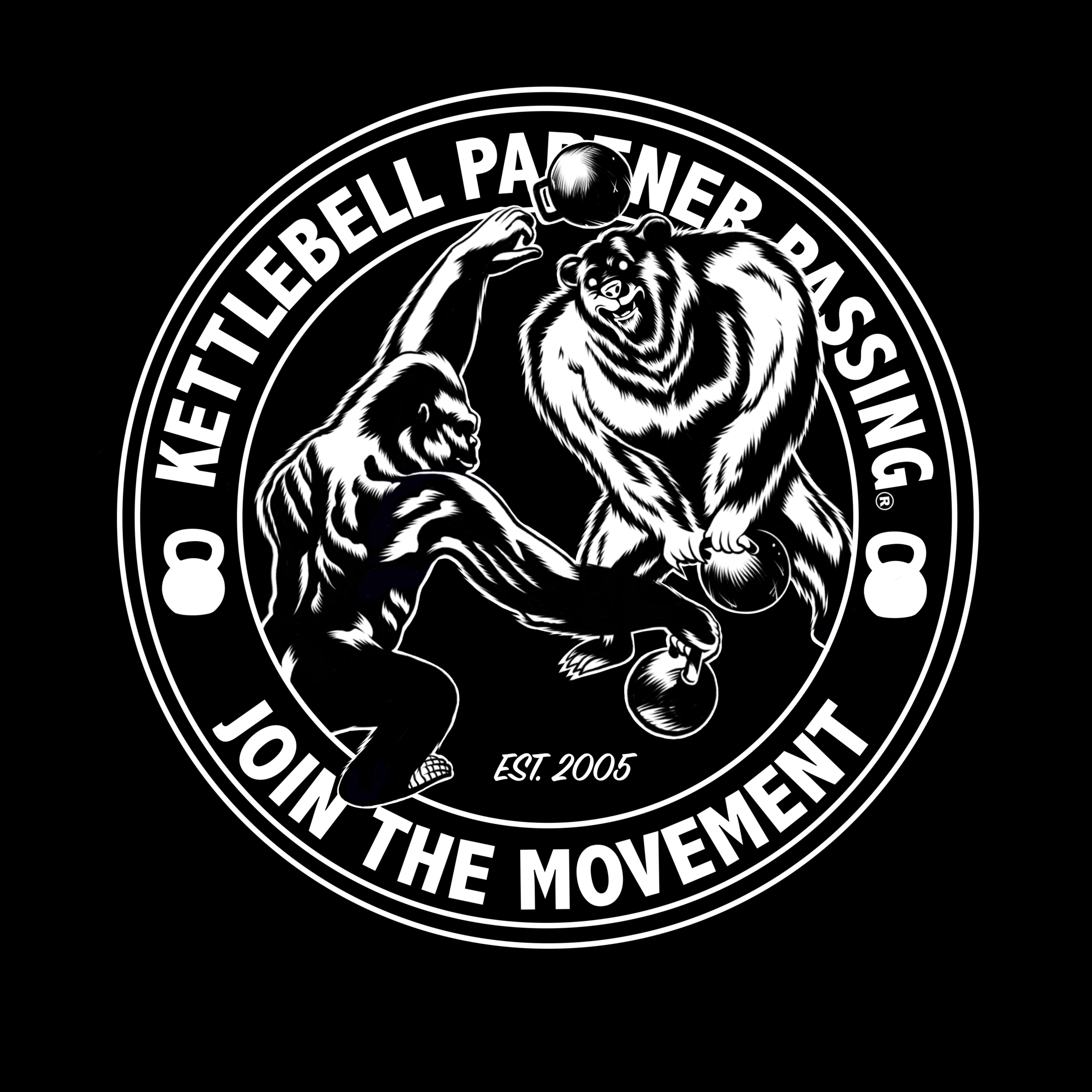Equipment and Environment for KPP
- Kettlebell Partner Passing

- 27 apr 2021
- Tempo di lettura: 2 min
When it comes to equipment, not much is required to start your Kettlebell Partner Passing journey. The only piece of equipment you need is a kettlebell (or a few). There is no required apparel, and you can wear flat-soled shoes or simply go barefoot (watch your toes!). Besides that, the most important consideration is the surface you will be throwing on. Read on to find out more about the ideal type of kettlebell, footwear, and surface for KPP.
Kettlebell
Any type of kettlebell can be used for KPP; cast iron and competition kettlebells are recommended. Different bells lend themselves to different styles of KPP. For instance, competition kettlebells are ideal for single hand solo work, single bell KPP, and freestyle KPP. Competition bells flip easily and uniformly because of their design, and the window of the kettlebell is made for one hand.
Cast iron kettlebells, on the other hand, are best for two hand KPP work and for the hour test for instructors. The bell has a wider window, which makes it easier to get both hands on the handle. Even though the competition bells spin better and have better balance, the smaller windows chew up your fingers in a way the cast iron ones do not when using two hands on the bell.
The recommended weight kettlebell to start with for KPP is 6-8kg for women and 10-12kg for men. Even if you are already in good shape, KPP is a skill-based practice that is meant to be learned with a light weight. A heavier kettlebell is not required at any point of your journey to reap the benefits of KPP, however, it can be a fun way to challenge you and your partner later on down the road.

Footwear
KPP training can be done with or without shoes. While we recognize the benefit of barefoot training, we are not dogmatic in our barefoot training approach. If you are going to wear shoes, flat-soled shoes or ones with a solid sole are better than squishy exercise shoes that do not have a solid base. Barefoot running shoes also work well.

Surface
Ideally, KPP is practiced in sand or loose dirt, so that if the bell falls it stops quickly, doesn’t bounce, and there is no damage to the bell, surface, or partners. Grass is another surface option; however, it’s not encouraged because if the bell is dropped it can leave divots in the grass. If you are practicing on a rubber gym floor, be aware that the kettlebell can take a wild bounce if dropped; while this can be used as an advanced training variable later on, it’s not an ideal surface to learn on.

And one more thing...
The last piece of “equipment” you need for KPP is an open mind. Be ready to be challenged in new ways! KPP is different from other types of kettlebell training, and will challenge your focus and coordination. The goal is not to exhaust yourself, but to learn the skills necessary for a safe, effective, and fun passing practice. Good luck!
Commenti